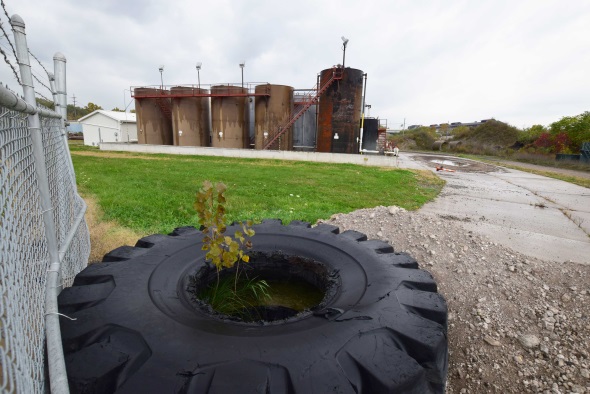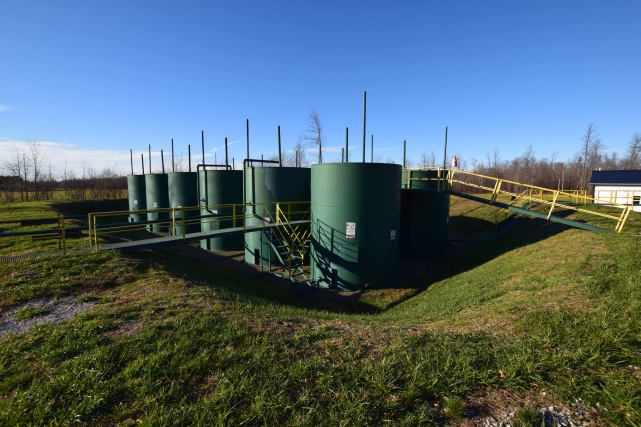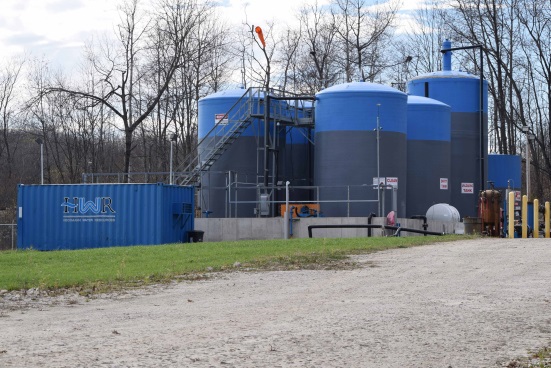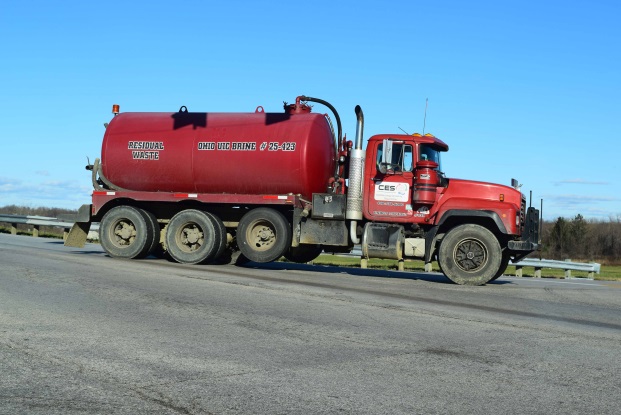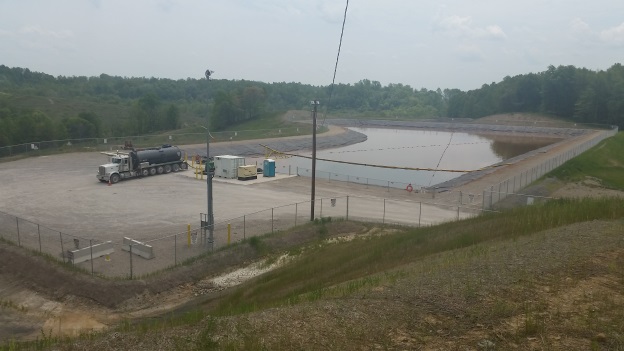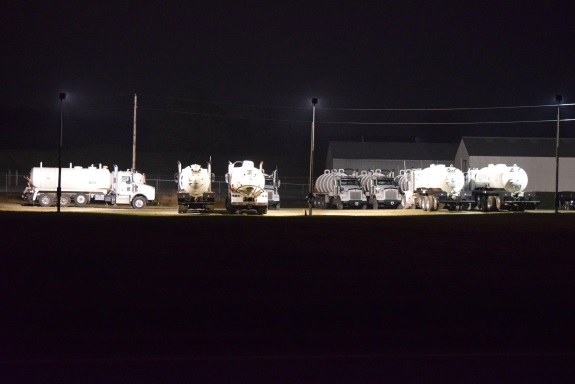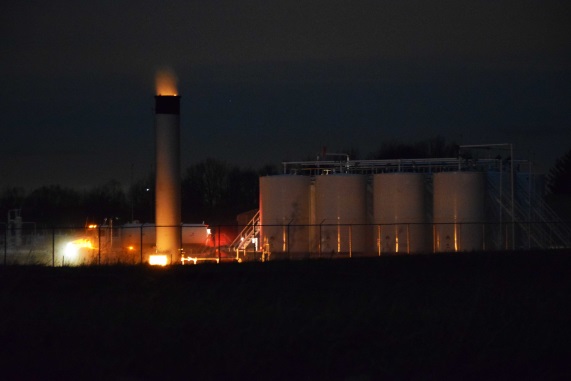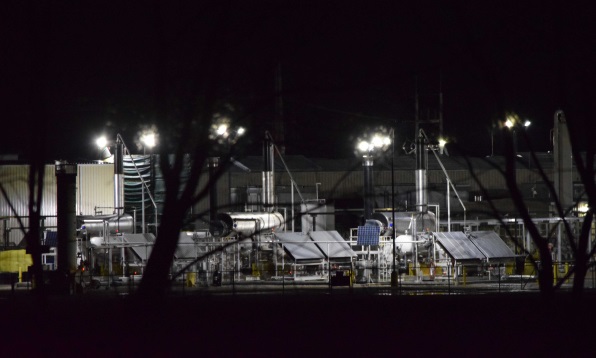NYS targets an end to coal power
By Karen Edelstein, Eastern Program Coordinator
It’s been just over a year since New York Governor Andrew Cuomo made public his administration’s decision to ban high-volume hydraulic fracturing in the state. A formal ban was established in June 2015. While Cuomo’s politics and record may be controversial on some fronts, he has most certainly shown important leadership in some facets of energy policy. Significantly, activists and environmental advocacy groups have been especially strong during the Cuomo administration, pressing the governor daily to take seriously the responsibility and planning that New York State must demonstrate in light of the realities of climate change.
On Wednesday, January 13, 2016, New York Governor Andrew Cuomo delivered his annual State of the State address. Among the high points of the talk was a commitment to a full phase-out of coal-burning power plants by 2020. Coal, once more affordable alternative to other fossil fuels, is no longer an attractive option from both an economic and environmental standpoint. Despite advances in scrubber technology, coal burning still emits more particulate waste into the atmosphere than other fuels, and leaves behind copious quantities of fly ash containing radioactivity and heavy metals. Historically, fly ash, bottom ash, boiler slag, and flue gas desulfurization materials have been disposed of in landfills. While current disposal methods using landfill liner technologies do attempt to safeguard against groundwater contamination, during earlier decades, these waste products from burning coal were buried in unlined pits, some of which are now actively leaching into waterways and groundwater.
Existing coal burning power plants being shut down, but what’s next?
In New York State, many old, polluting coal plants are now only partially in service or completely shuttered. They did at one time, however, have the capacity to supply over 2100 MW of power to the state. While it’s generally accepted from an economic and environmental standpoint that New York should be transitioning away from coal, the next steps are more fraught with controversy. Several communities, such as those around the likely-to-be-closed Dunkirk (Chautauqua County, 520 MW), as well as Huntley (Niagara County, 380 MW), and Cayuga (Tompkins County, 315 MW) power plants feel that a repowering of these plant with natural gas provides an important economic stabilizer for the surrounding communities. Another smaller coal-burning plant, Greenidge Generation (Seneca County, 107 MW) has been shuttered for several years. A recent local economic development initiative to re-start that plant with a conversion to natural gas met with considerable resistance from environmental groups. This development also resulted in a notification from the US Environmental Protection Agency indicating that proper procedure for restarting the plant had not been followed, setting back the timetable on the project indefinitely.
Coal Burning Power Plants in North America, Zoomed in to NYS
View full screen map | How to work with our maps
Cayuga Power, which has been operating at a deficit for several years as a coal burning plant, is subsidized through a surcharge that is levied on every ratepayer within the system, with each monthly bill. According to The Sierra Club, these subsidies amount to over $4M a month charged to NYSEG ratepayers for the Cayuga plant, alone. Elected officials, as well as citizen groups concerned with the impacts of natural gas on the environment, are pressing for other viable options to repowering the plant from coal to natural gas, currently estimated to cost over $500M for the Cayuga Plant, alone. These options include solar power – or, in the case of the Cayuga power plant, upgrades to a short stretch of transmissions lines for less than $100M, in lieu of repowering. In either case, the upgrade costs would be passed on to the consumer. Transmission line upgrades would actually obviate the need for the power plant itself, conserving the energy that is now lost through inefficiencies in the system. Repowering the plant would also necessitate the construction of a highly controversial 7-mile-long pipeline from the Town of Dryden, which would significantly raise the carbon footprint of Tompkins County through due to predicted fugitive methane emissions. The power utility, itself, New York State Electric and Gas (NYSEG) has said that they prefer the option of upgrading the lines, rather than converting the plant to run on natural gas. Another study by the Institute for Energy Economics and Financial Analysis also found the Cayuga repowering proposition unviable. Proponents of repowering cite the impacts that shutting down the plant would have on the local Lansing School district, which–unlike any of the surrounding school districts–has benefited for several decades from tax revenues generated by the plant.
Environmental concerns about continuing to invest in fossil fuel technologies like natural gas as an alternative to coal include the entire life cycle of methane extraction, from the air and water quality risks that occur during the process of unconventional drilling (high volume hydraulic fracturing), to environmental and public health impacts of pipelines and compressor stations that convey the gas to the power plants, to the addition of CO2 to the atmosphere as a byproduct of natural gas combustion at these fossil-fuel burning plants.
Of course, energy conservation and making lifestyle changes to how we individually, and collectively, approach energy consumption are at the heart of the changes that need to occur if we are to slow climate change caused by the dramatic upswing of methane and CO2 in the atmosphere during the past 50 years.
New York State’s Renewable Energy Agenda
Cuomo and the State Legislature have shown additional and ongoing interest in moving New York towards a clean energy future. They have been establishing appealing tax incentives for renewable energy, including:
- home energy efficiency programs,
- programs to enhance solar capacity for electricity generation as well as water-heating, wind energy, electric car charging stations, and
- high-efficiency, low-emission renewable heating systems.
Cuomo’s REV, or Reforming the Energy Vision, attempts to take a comprehensive look at an energy strategy across many sectors of New York. REV targets for 2030 include a goal of 50% of all NYS’s energy being met by renewable sources, a 40% reduction in greenhouse gas levels based on 1990 levels (and an overall emission cut of 80% by 2050), and based on 2012 levels, a 25% reduction on building energy use. The strategy also looks to support the growth of the clean energy sector, energy education to residents and businesses, natural resources protection, and job creation in the energy sector.
New York is taking important steps for a cleaner energy future, but should continue to put more resources towards incentives for renewable resources, as well as outreach and education to municipal, residential, and commercial energy consumers.
We have very little time to waste.
